Let’s take a look at what process art is and how beneficial it is for kids of all ages.
Clik here to view.
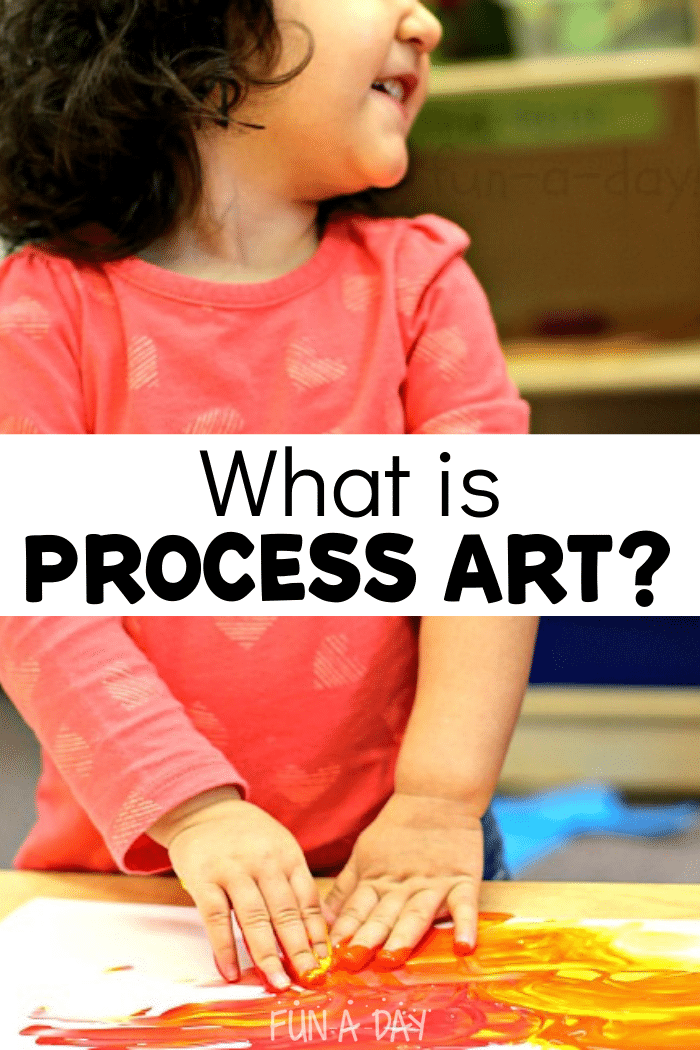
I have had some amazing discussions with coworkers and other educators about process art for kids. And I am a BIG fan of open-ended art experiences for kids.
So I’m excited to share some of that information here. I’d love to hear about your thoughts on the topic in the comments below.
What is Process Art for Kids?
Process art is a contemporary artistic movement recognized within the world’s art communities.
The Guggenheim states,
process art emphasizes the ‘process’ of making art.
The MOCA (Museum of Contemporary Art) points out,
in process art, the means count for more than the ends.
Clik here to view.
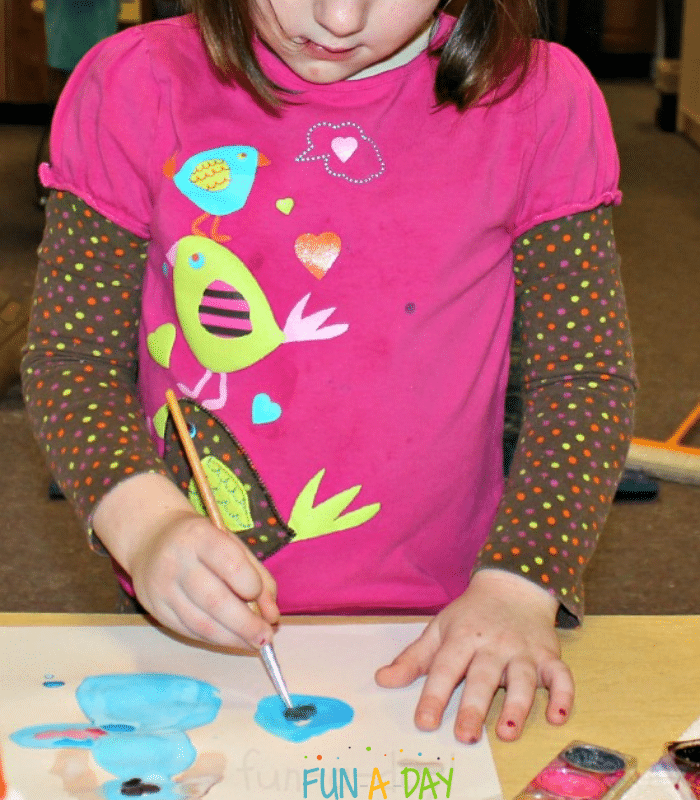
Related: Watercolor Art for Kids
These definitions apply directly to kids too!
Process art is all about the experience the children have while they’re creating.
If it has a nice end product, that’s great, but the end product isn’t the focus of the art.
Ask yourself the questions below if you’re unsure. If the answer to either is “YES!” then it is not a process art activity.
- “Will I be upset if the end result doesn’t look a specific way?”
- “Do I have a preconceived notion about what the end result ‘should’ look like?”
Clik here to view.
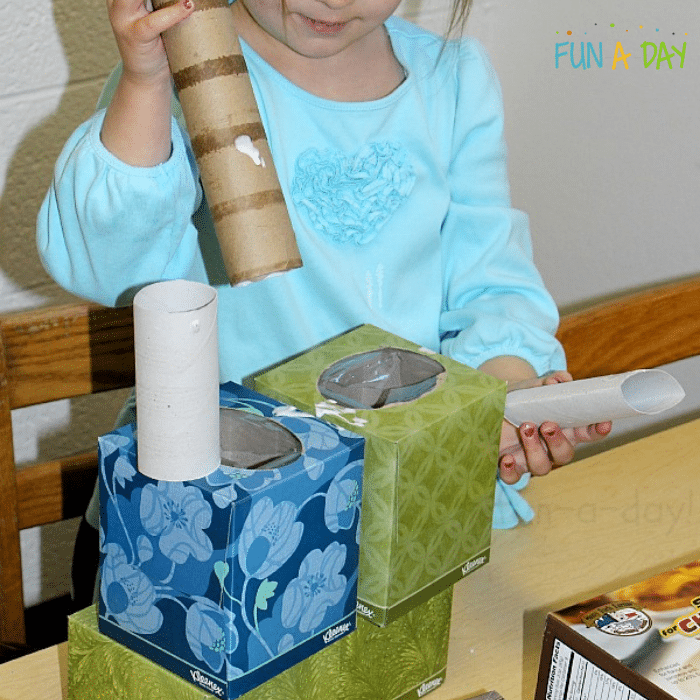
Related: Cardboard Castles Recycled Art Project
Benefits of Process Art for Preschoolers
Children learn through play and open-ended activities. It allows them the chance to explore the world around them, ask questions, and see how things work.
Process art fits in with how children learn because it allows them room to be themselves, make their own decisions, and just create!
Below you’ll find some of the learning that can take place via process art activities:
- Fine motor skills
- Gross motor skills and coordination
- Sensory exploration
- Literacy
- Math
- Science
- Language
- Art history
- Creativity and self-expression
- Art techniques
- Risk-taking
- Spatial reasoning
I just want to point out that the above list is by no means exhaustive. AND these benefits apply beyond the preschool years.
Clik here to view.
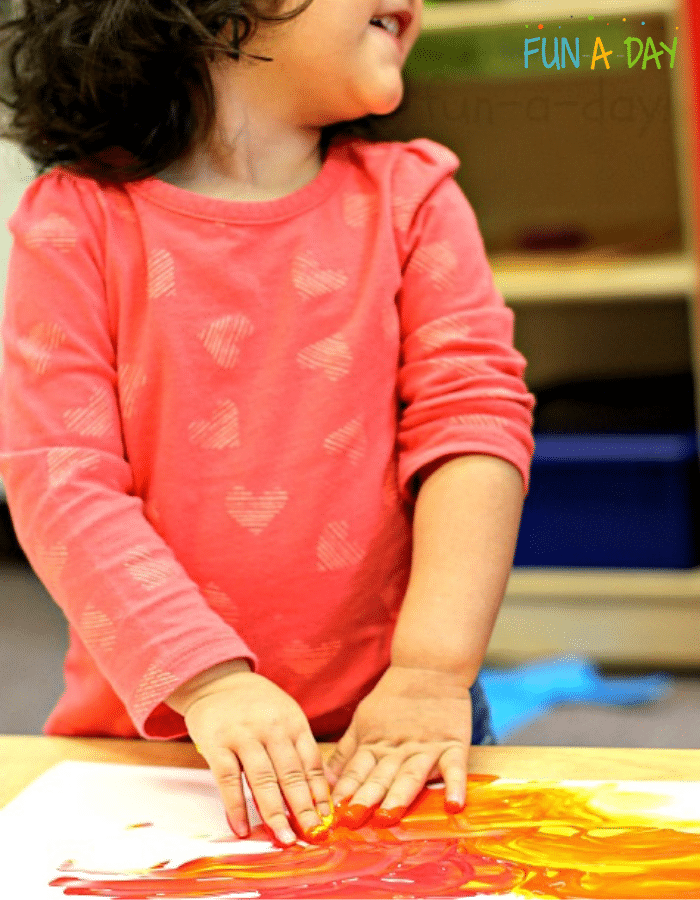
Crafts Versus Process Art
It’s sometimes assumed (by parents and teachers alike) that young children will always produce cute crafts to bring home.
There’s nothing wrong with crafts – they can help improve fine motor skills, as well as listening skills, and many children really do enjoy them.
Crafts focus more on a specific end result, though, leaving children little or no room to deviate from the plan. At the end of a craft, each child’s piece will look almost identical to every other child’s piece.
Clik here to view.
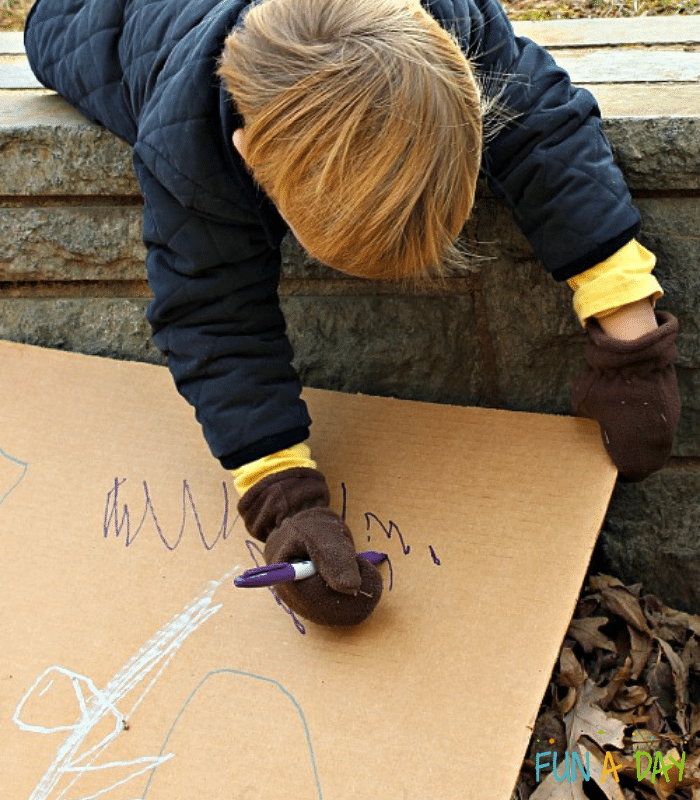
Additionally, crafts put more of the preparation and “work” on the teacher’s shoulders.
Process Based Art Based on Crafts
You can most definitely “translate” crafts into more process-based art activities.
For example, maybe your class is learning about caterpillars and you’d like to make a caterpillar craft. The craft would use three green circles, along with two white construction paper eyes placed only on the head, with two yellow antennae that must be affixed in only one place.
Why not just grab the materials you were planning on using, sit down with a small group of children (or just one child), and say, “Let’s make a caterpillar! How can we use these green circles to make a caterpillar?”
Yes, some of the caterpillars will have a body made of 10 circles, while others will just be made of 1 circle. Some caterpillars might have 5 eyes all placed on the caterpillar’s stomach, and the antennae might be bent the wrong way.
You can give the children the same general materials you would have used for the craft, but let the kids direct the creation. You’ll still have caterpillars . . . they’ll just have more personality!
Clik here to view.
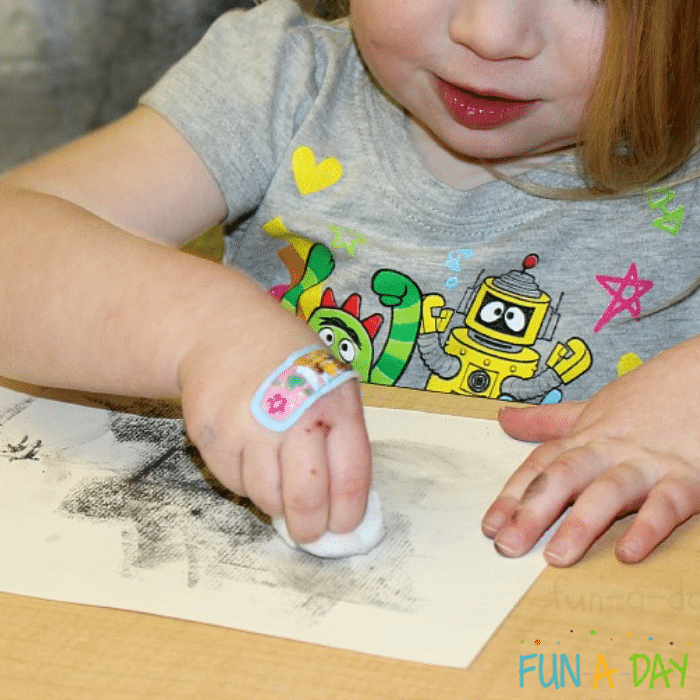
In its purest form, though, process art isn’t focused on an outcome at all.
Personally, I like incorporating completely child-driven art into my preschool class every day.
I also plan process-based art activities that have a general outcome, like my students’ cookie cutter snowmen. While that isn’t 100% process art, I like how such activities connect kids to books we’ve read or themes we’ve investigated.
Getting Started
If process art isn’t something you’re entirely comfortable with, start slowly! It doesn’t need to be a super complicated activity.
It just needs to be open-ended, with more attention paid to HOW the art is created (rather than WHAT you want the art to look like).
Begin with items like crayons, pencils, or markers. Items that are familiar to both you and your students will make the transition easier.
Clik here to view.
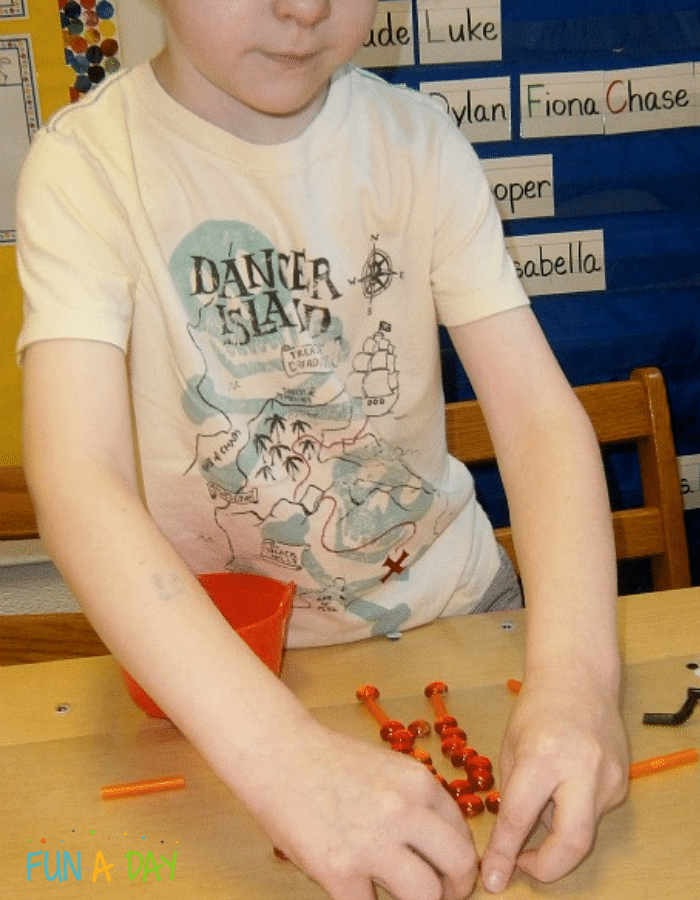
Related: Halloween Contact Paper Art
Keep in mind that process art for kids, like any childhood activity, can get messy.
Having a plan in place to deal with that mess is important.
- Access to a water source (a sink or a hose) is preferable.
- Baby wipes work in a pinch if you’re not right by a sink.
- Consider something to protect the children’s clothing (a smock), if needed.
- Don’t forget about keeping the mess off of the floor if that’s a cause for concern (use a tarp, towel, or tablecloth).
- Having a place to dry artwork is also important (a drying rack or level shelf).
If the activity might get messy, accept that messiness is part of the process!
More Information About Process Art for Kids
Here are a few more articles to read if you’re as interested in process-based art as I am!
What Do You Wish You Had Known about Making Art with Children? from Tinkerlab
Art for Kids – It’s No Mess from Meri Cherry
It’s the Process Not the Product! from Ooey Gooey
How Process-Focused Art Experiences Support Preschoolers from NAEYC
Print Resources to Check Out
If you’d rather explore more of the concept using printed resources, I have a few suggestions for you!
Time to Create: Hands-On Explorations by Christie Burnett
It’s the Process, Not the Product by MaryAnn F. Kohl
Art Lab for Little Kids by Susan Schwake
Busy Little Hands: Art Play! by Meredith Donnelly
Learn More About Process Art
I’ve set up a free 5-day email series that walks you through process art and how to (easily!) use it with young children. You can sign up below:
If you can’t see the above form, click here to join the process art email series.
Resources for Preschool Teachers
Let Preschool Teacher 101 make your teaching life so much easier! You’ll find hundreds of preschool resources, and there are even membership options available.
Click on the images below for more information about each resource:
Clik here to view.
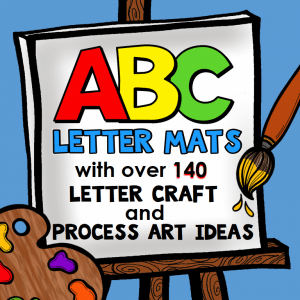
Clik here to view.
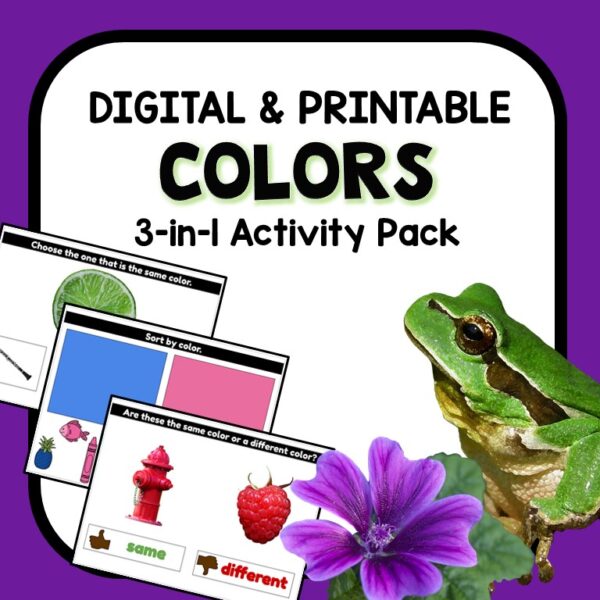
Clik here to view.
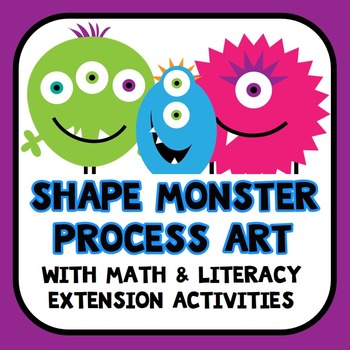
Clik here to view.
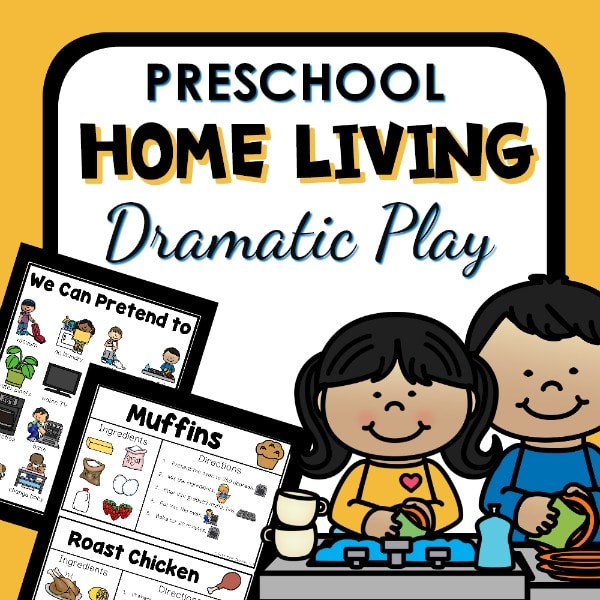
Originally published March 26, 2014
Clik here to view.
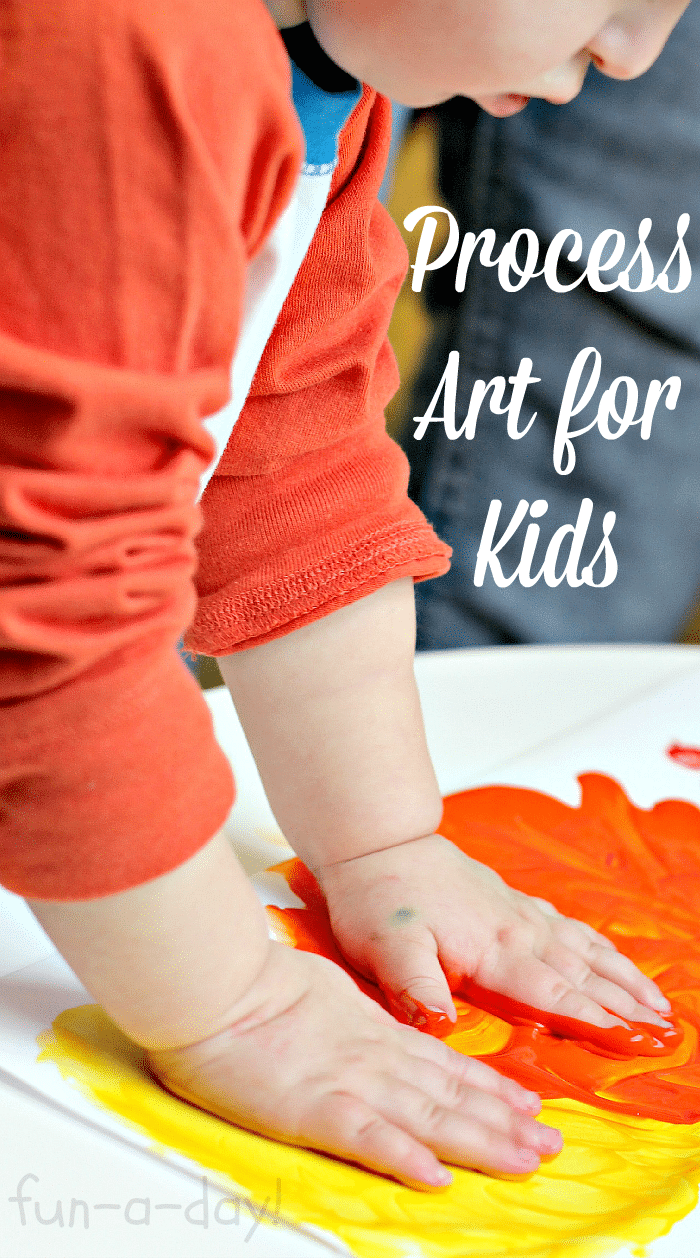
The post What is Process Art for Kids and Why is It Important? appeared first on Fun-A-Day!.